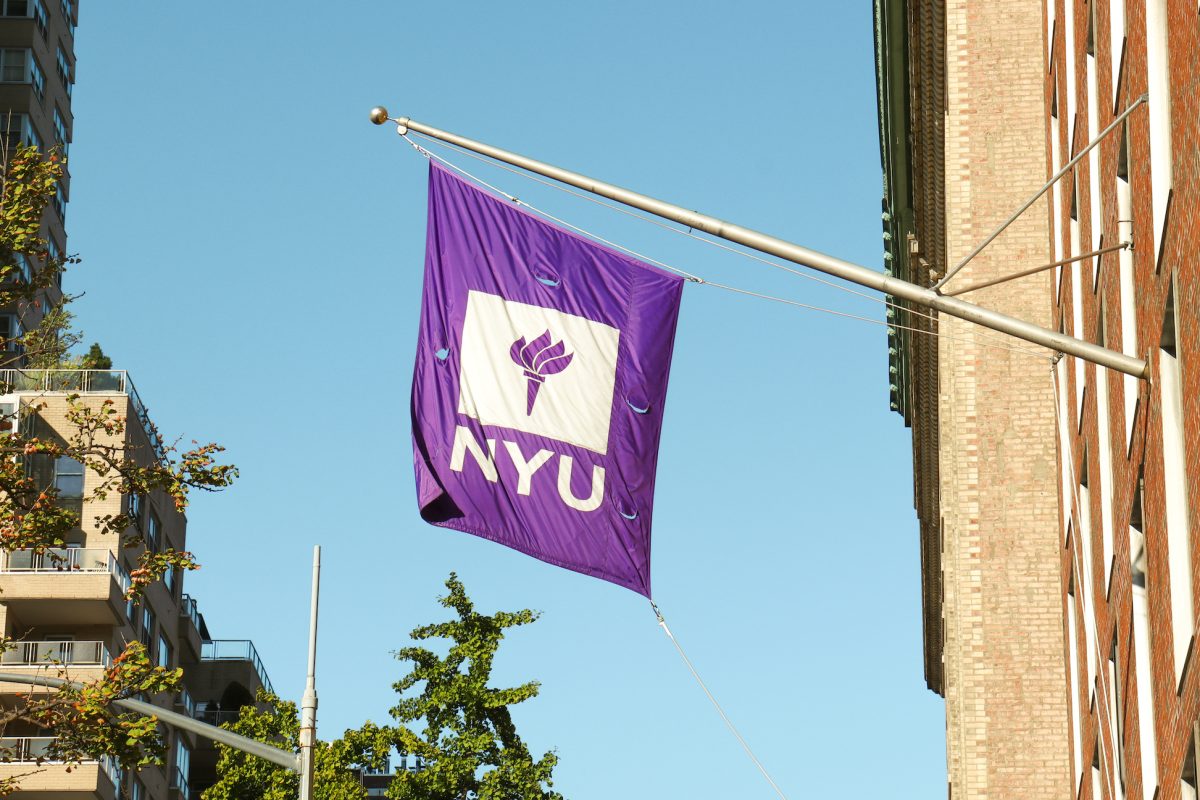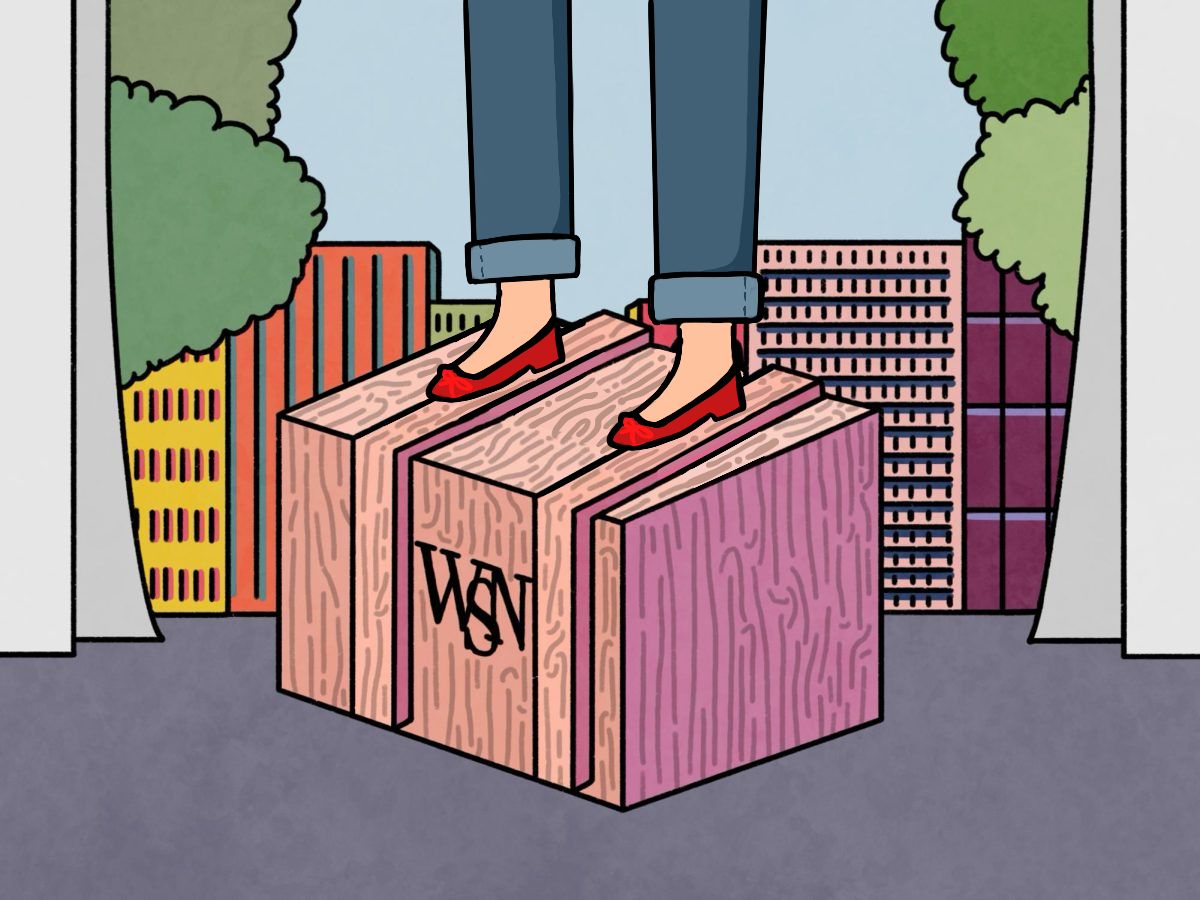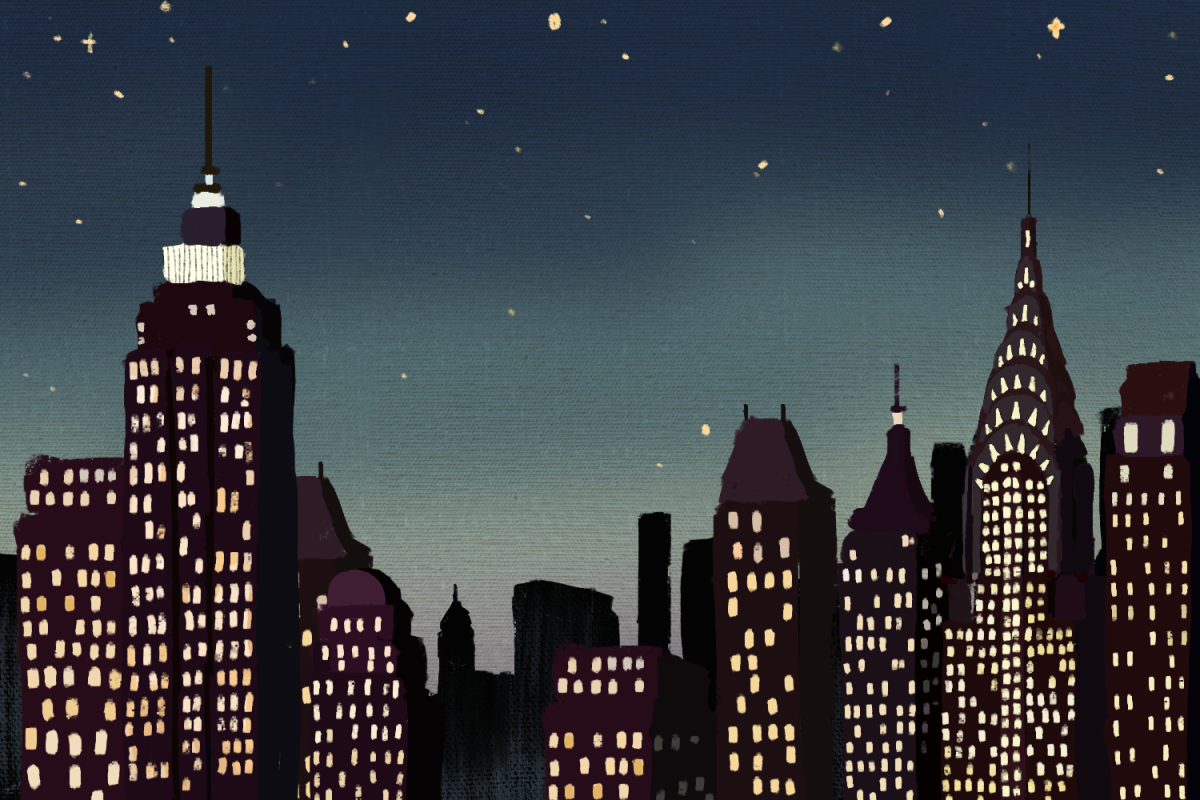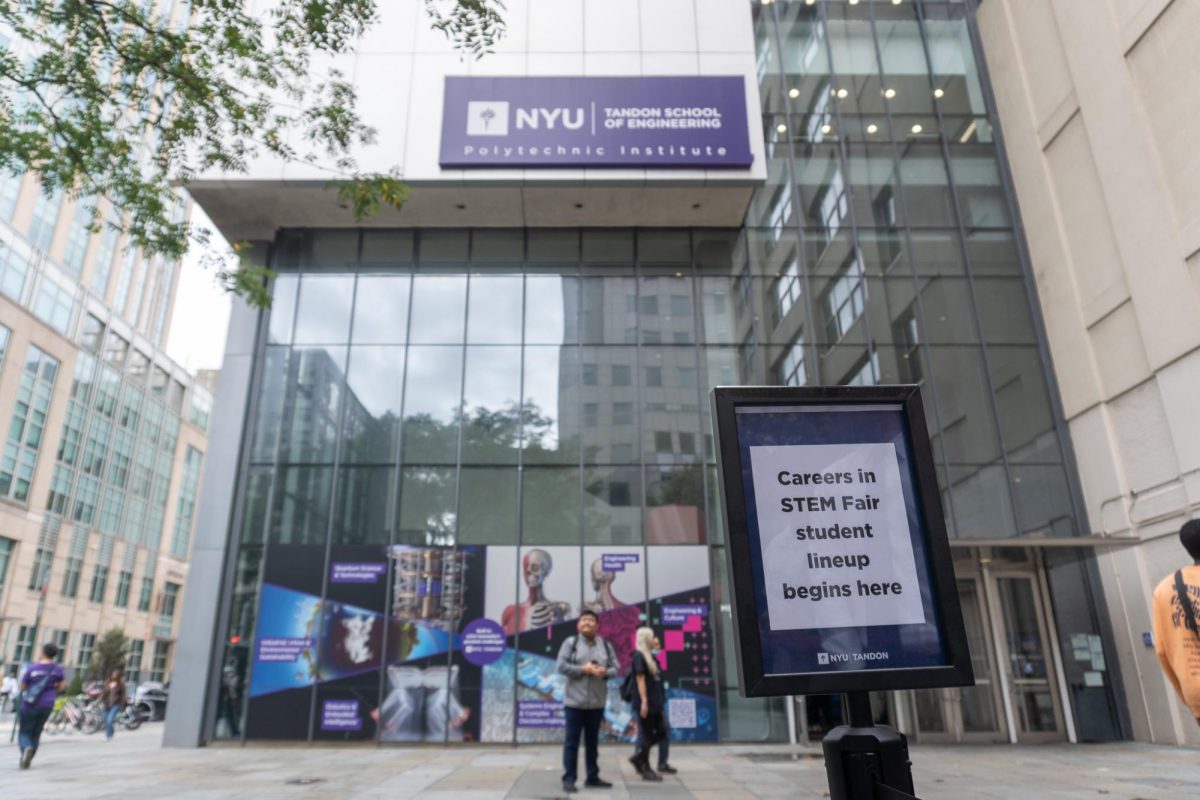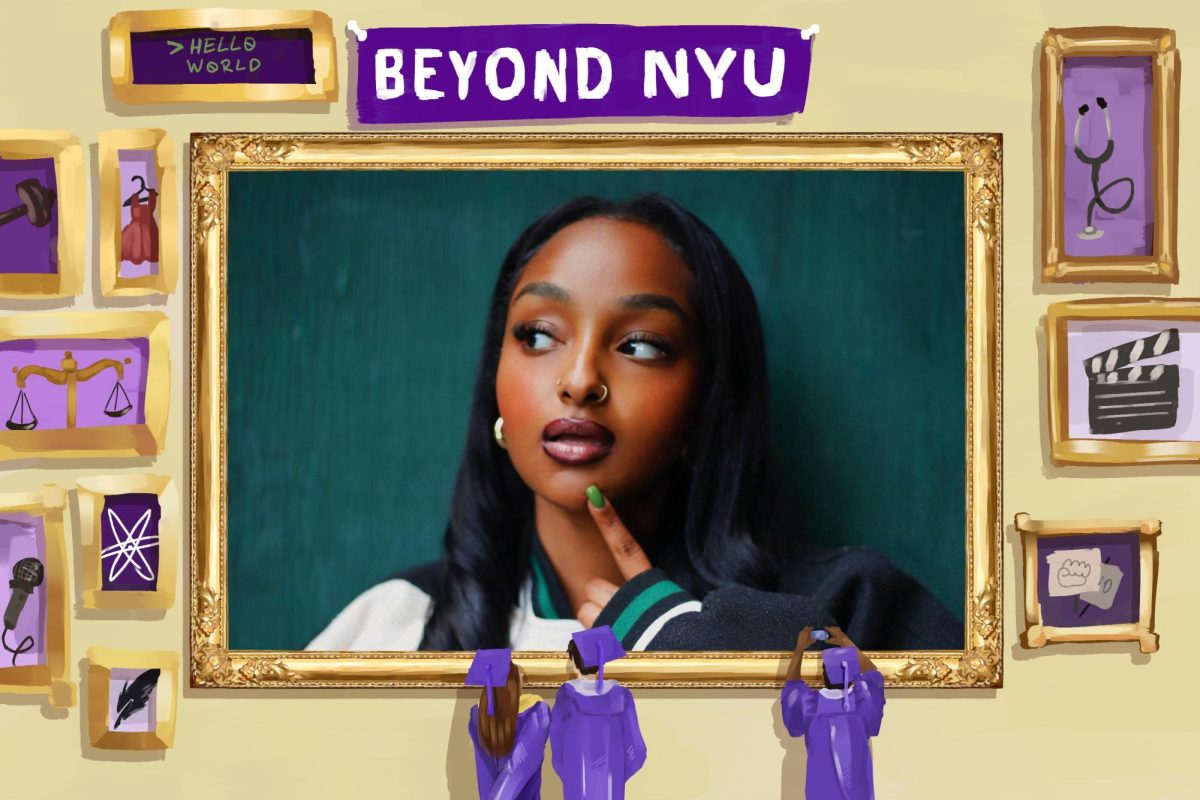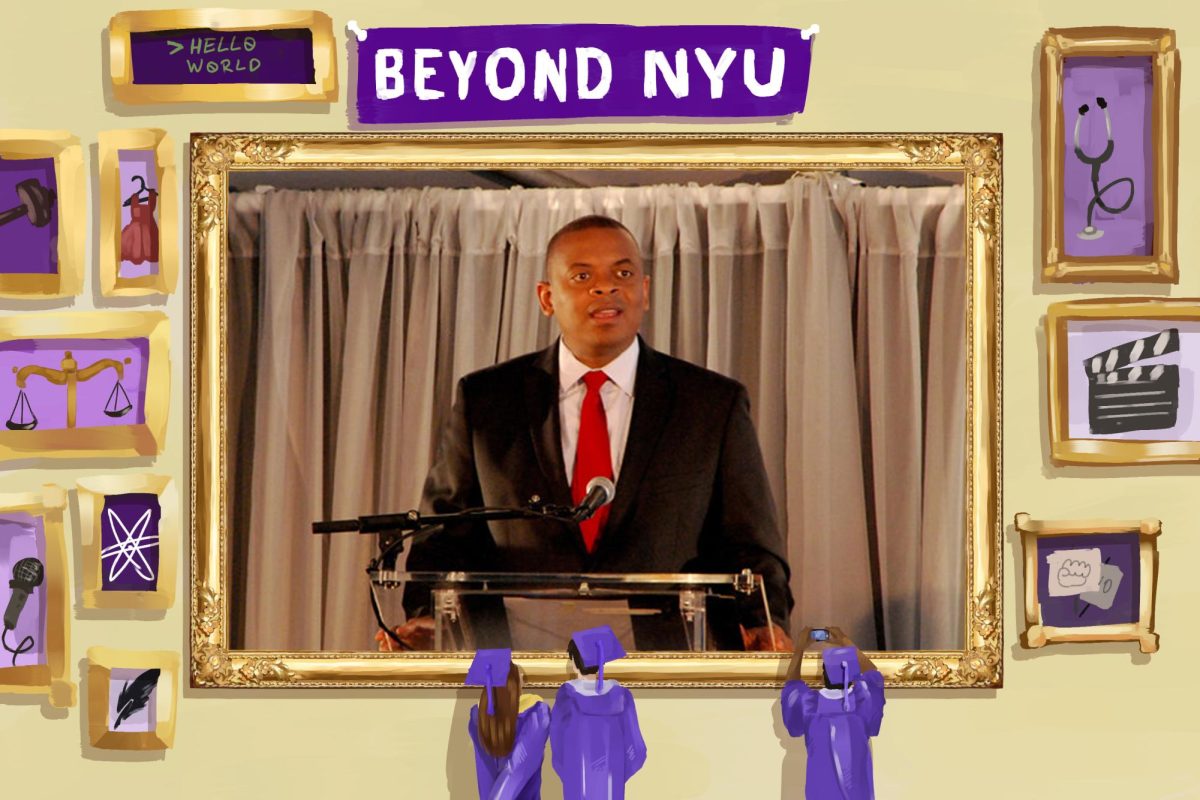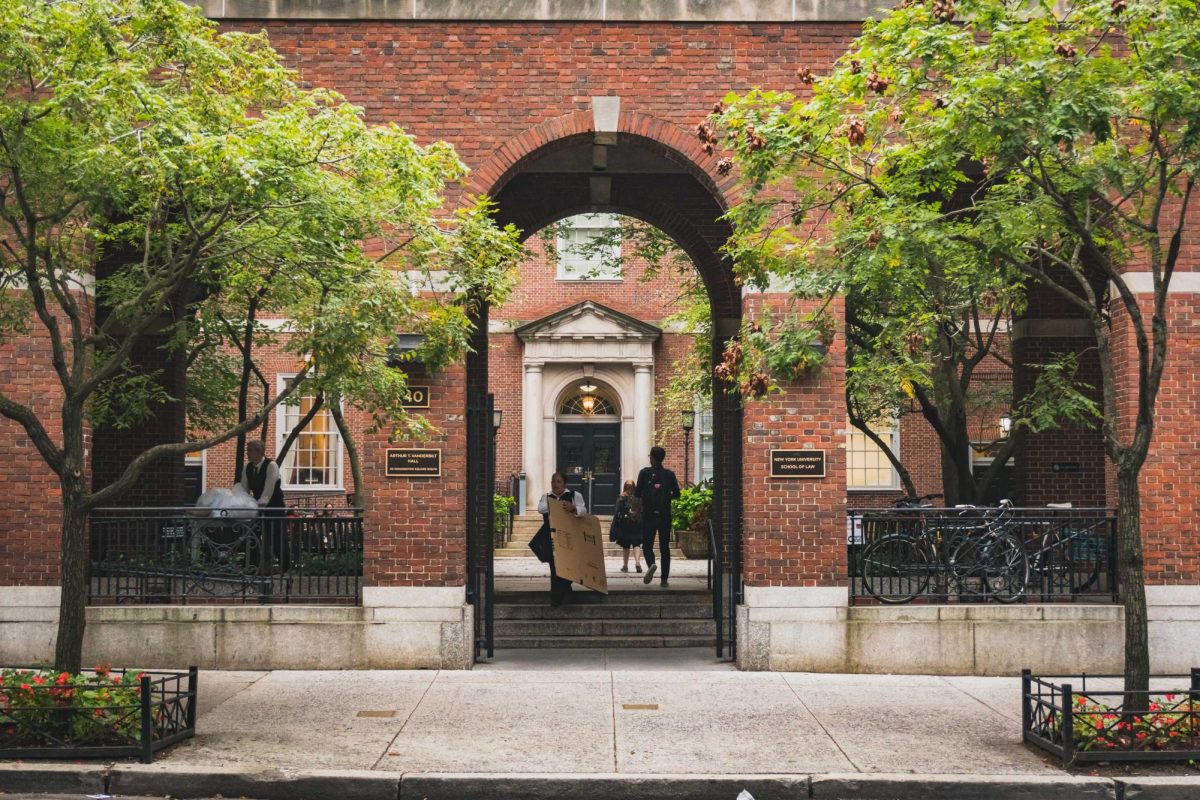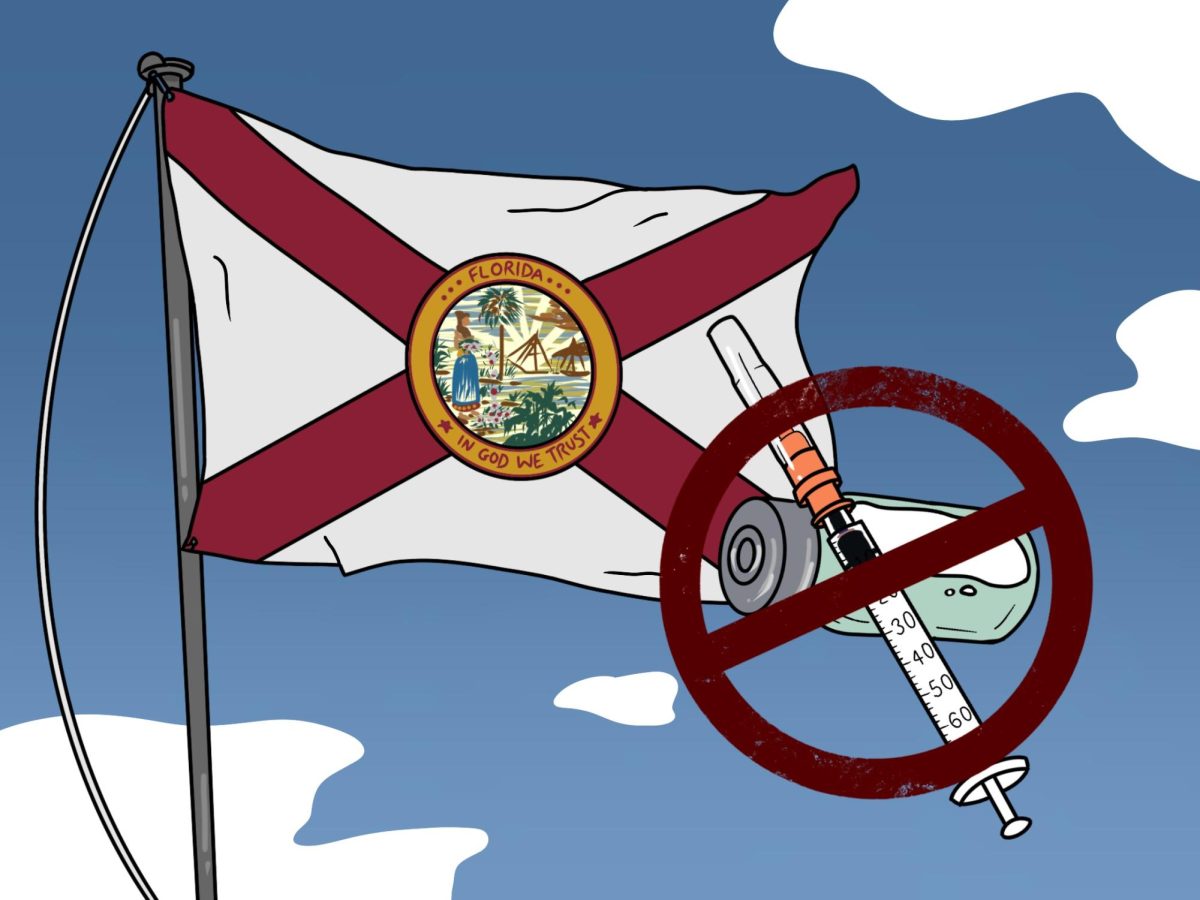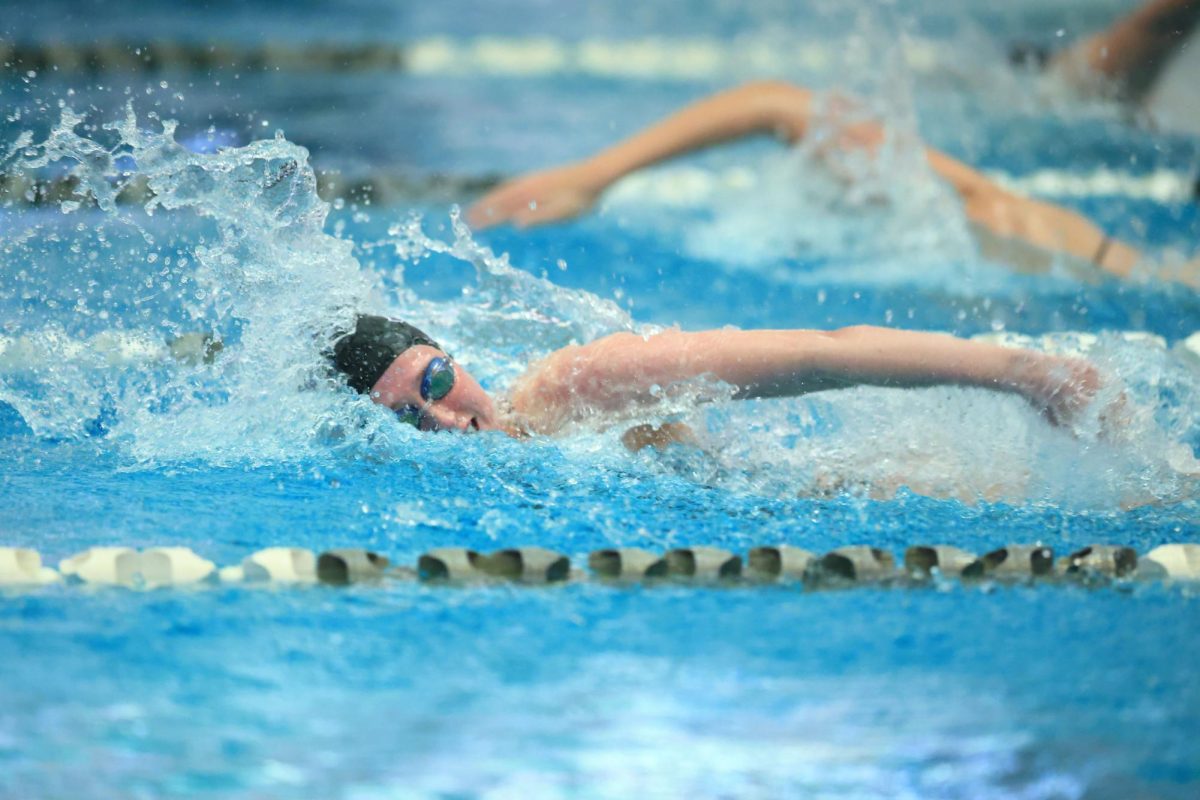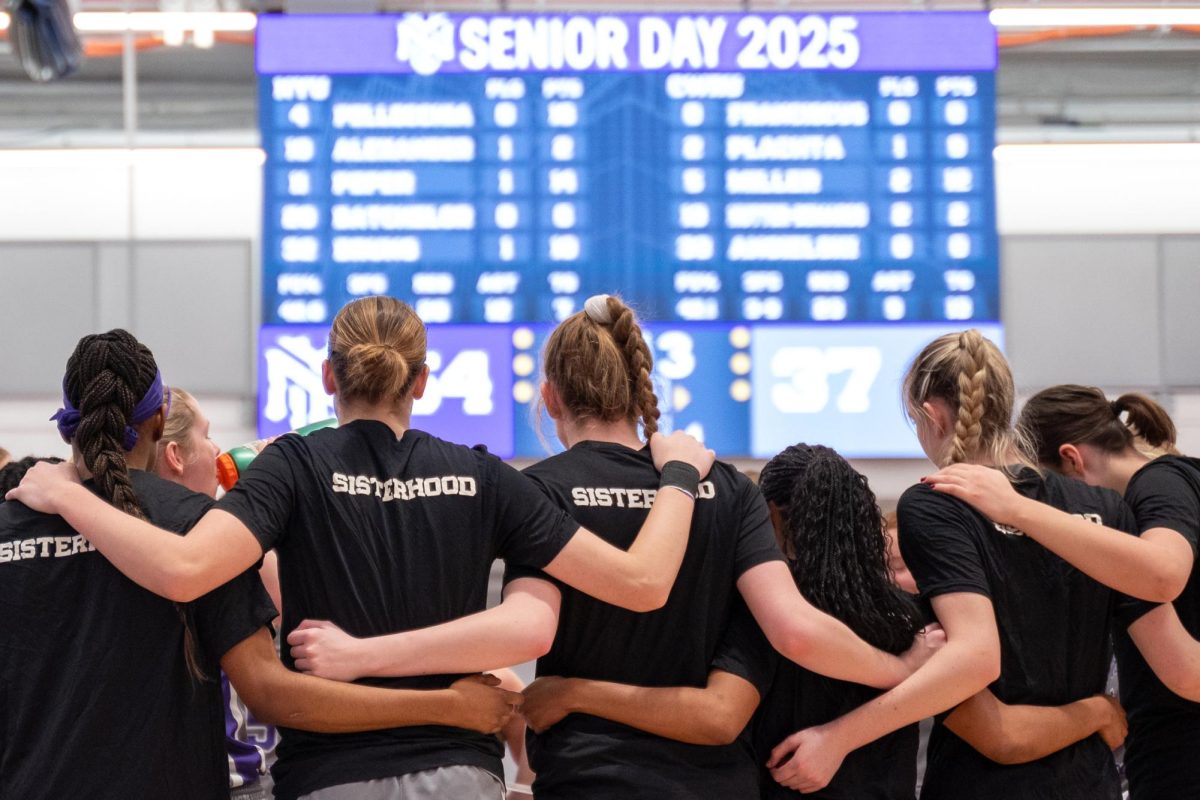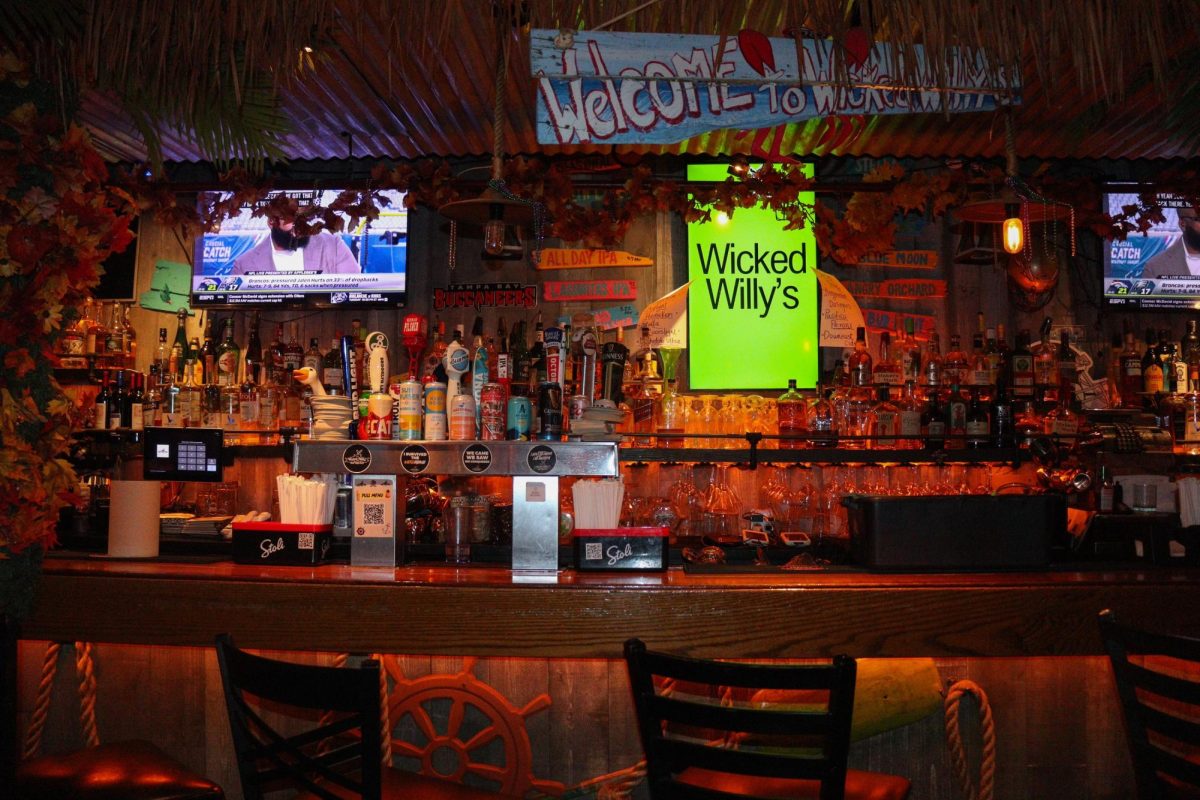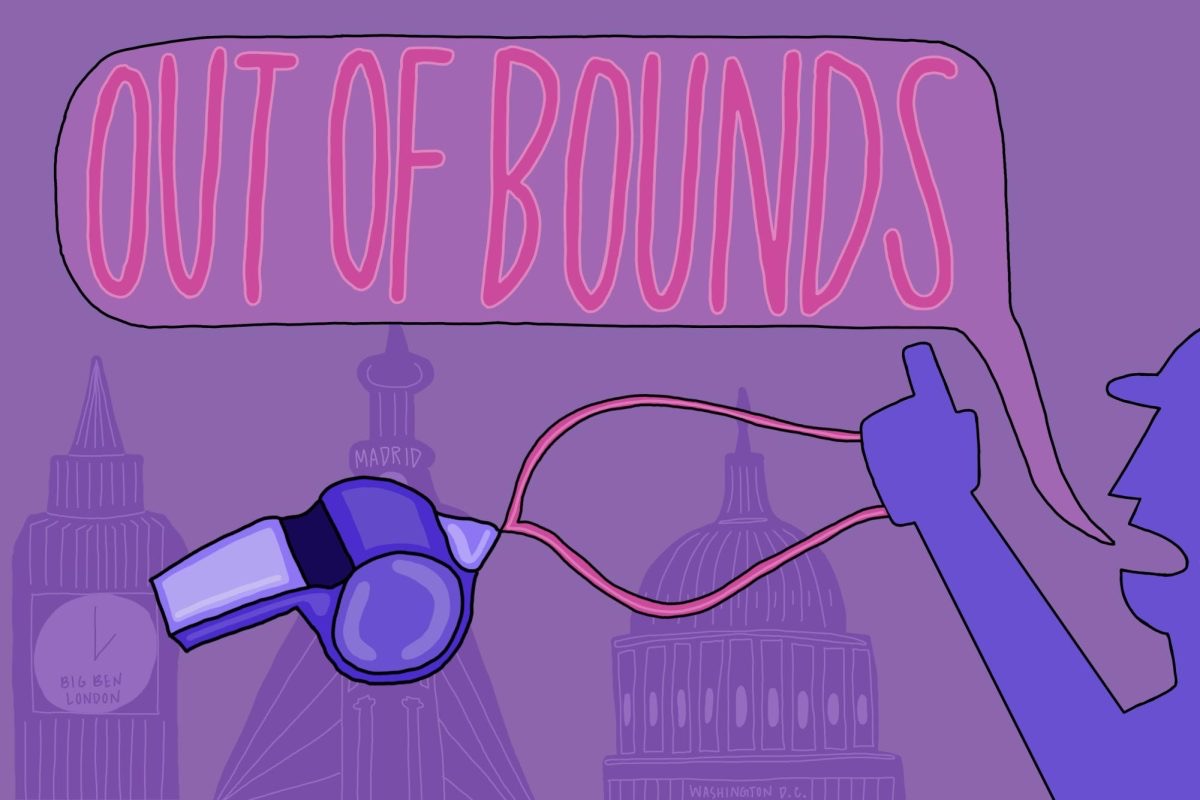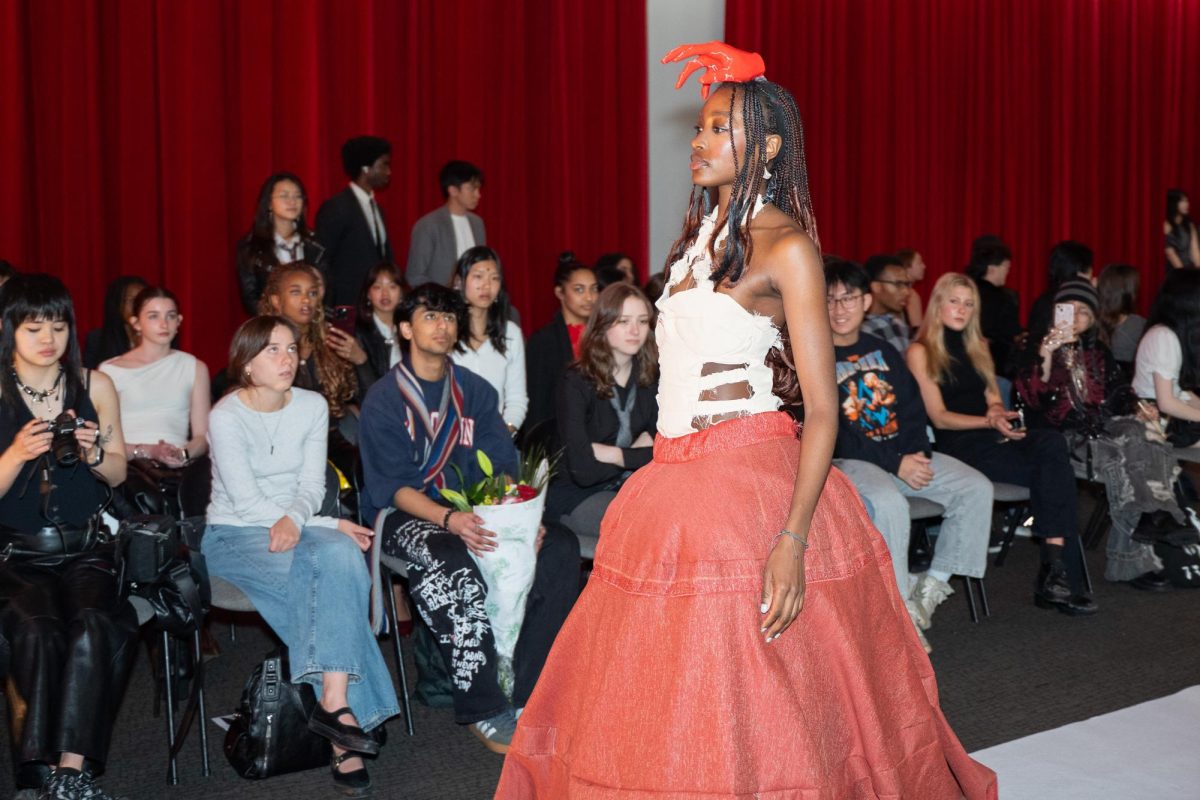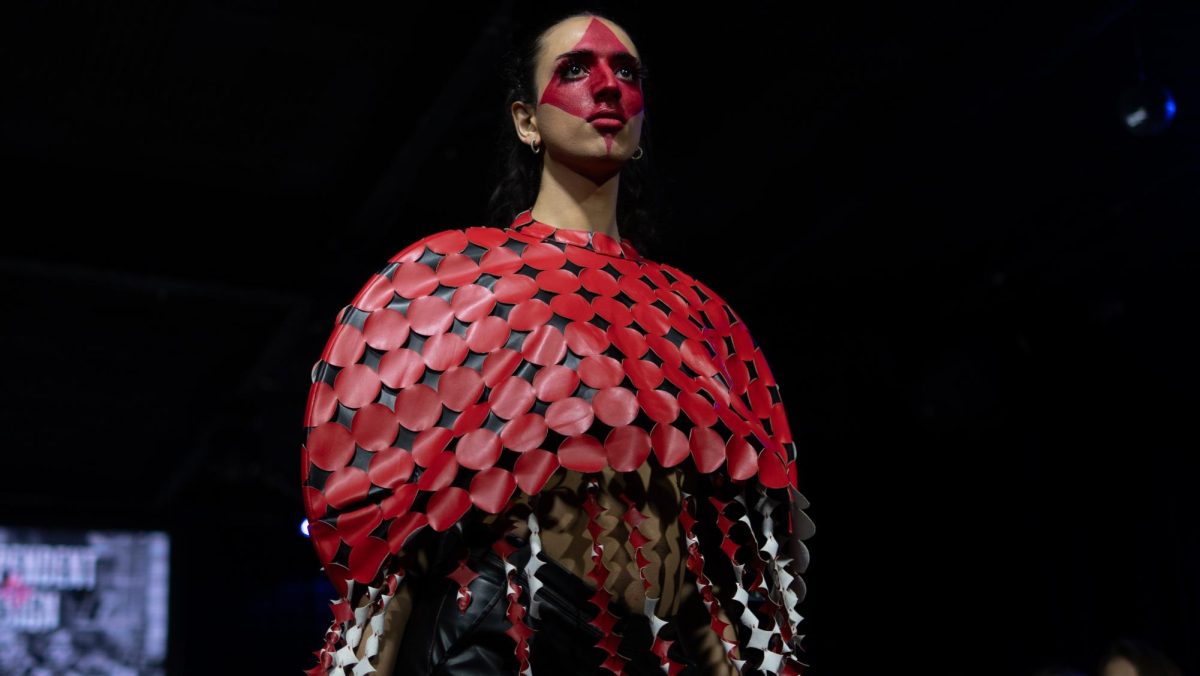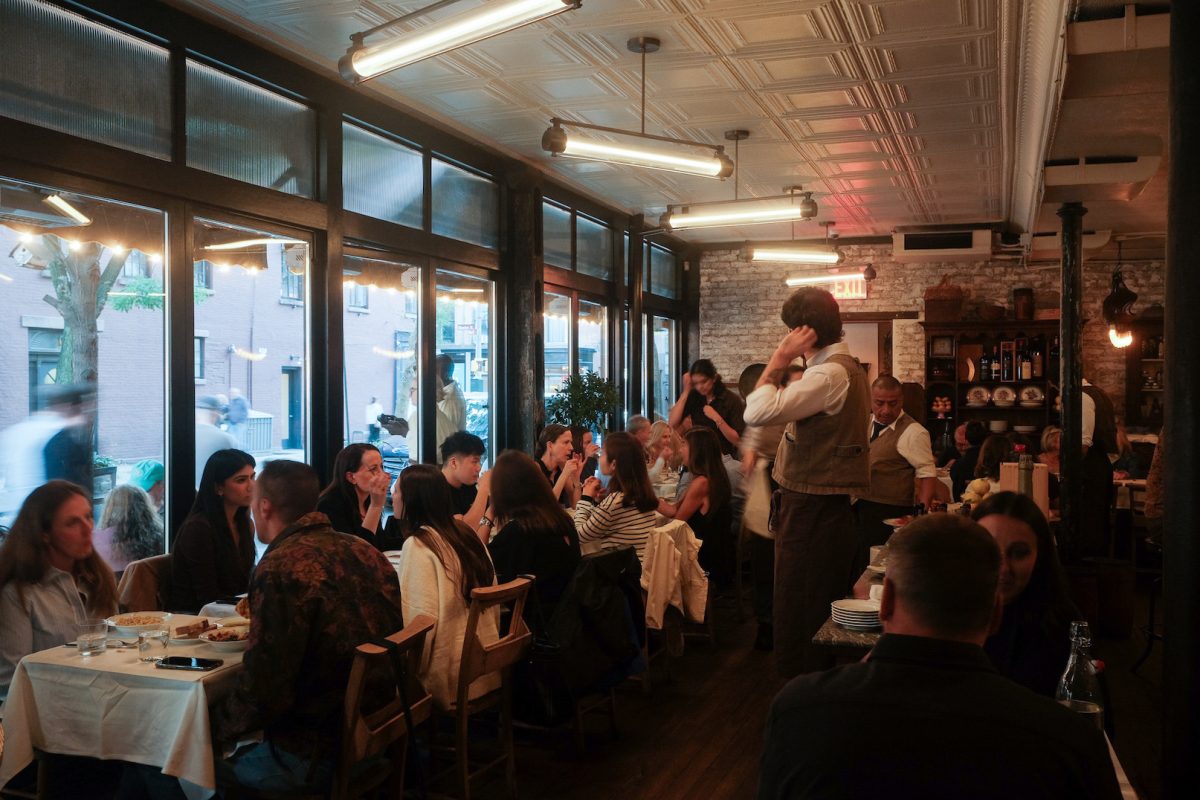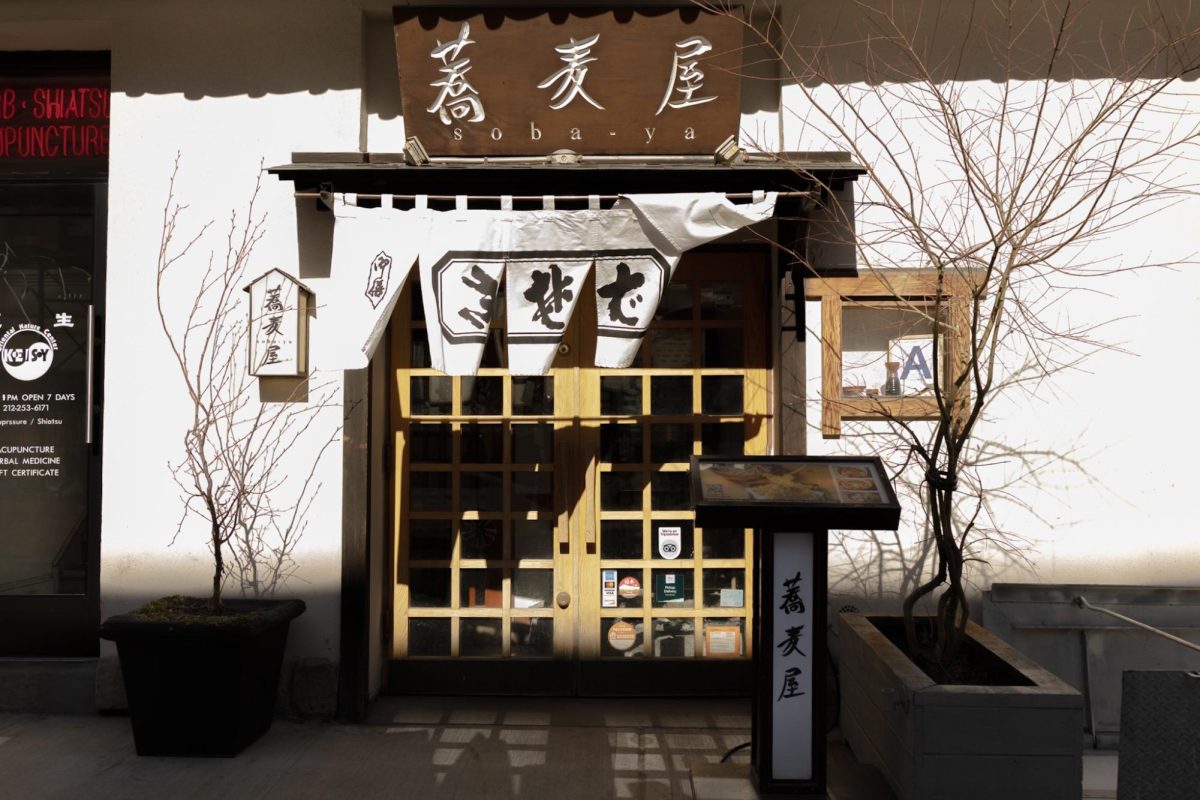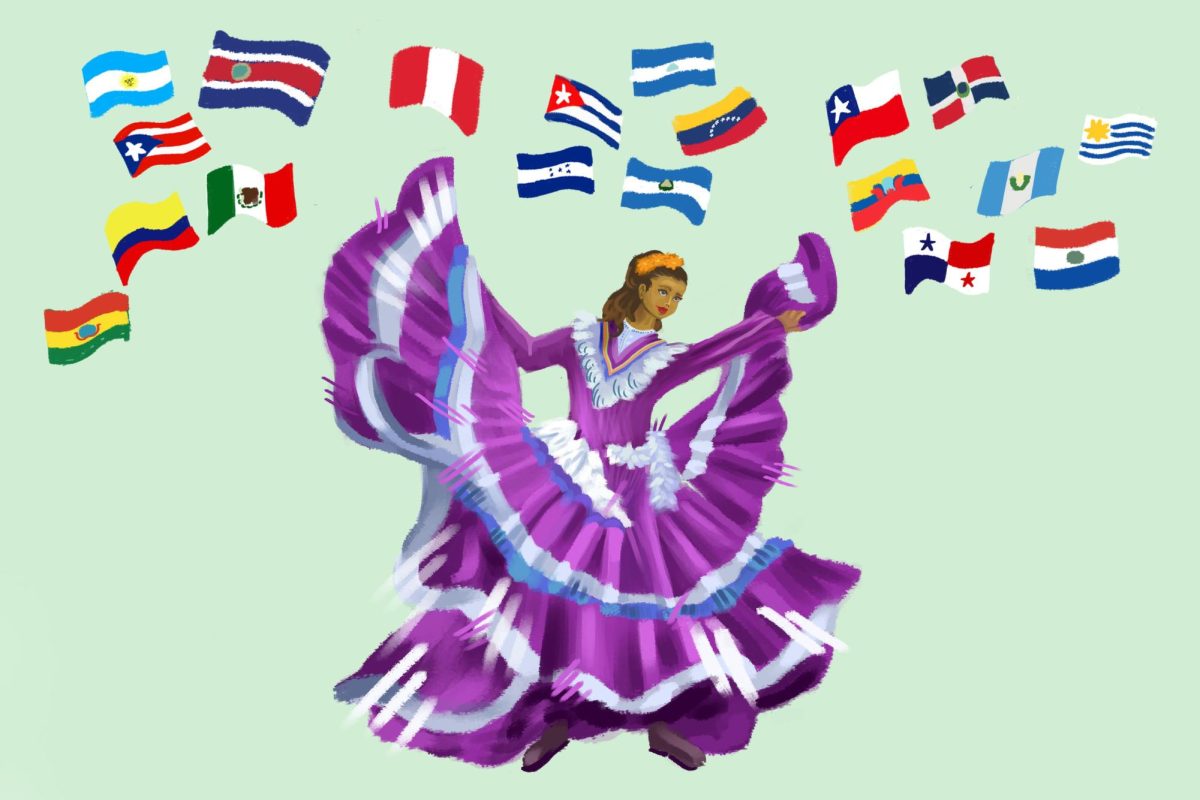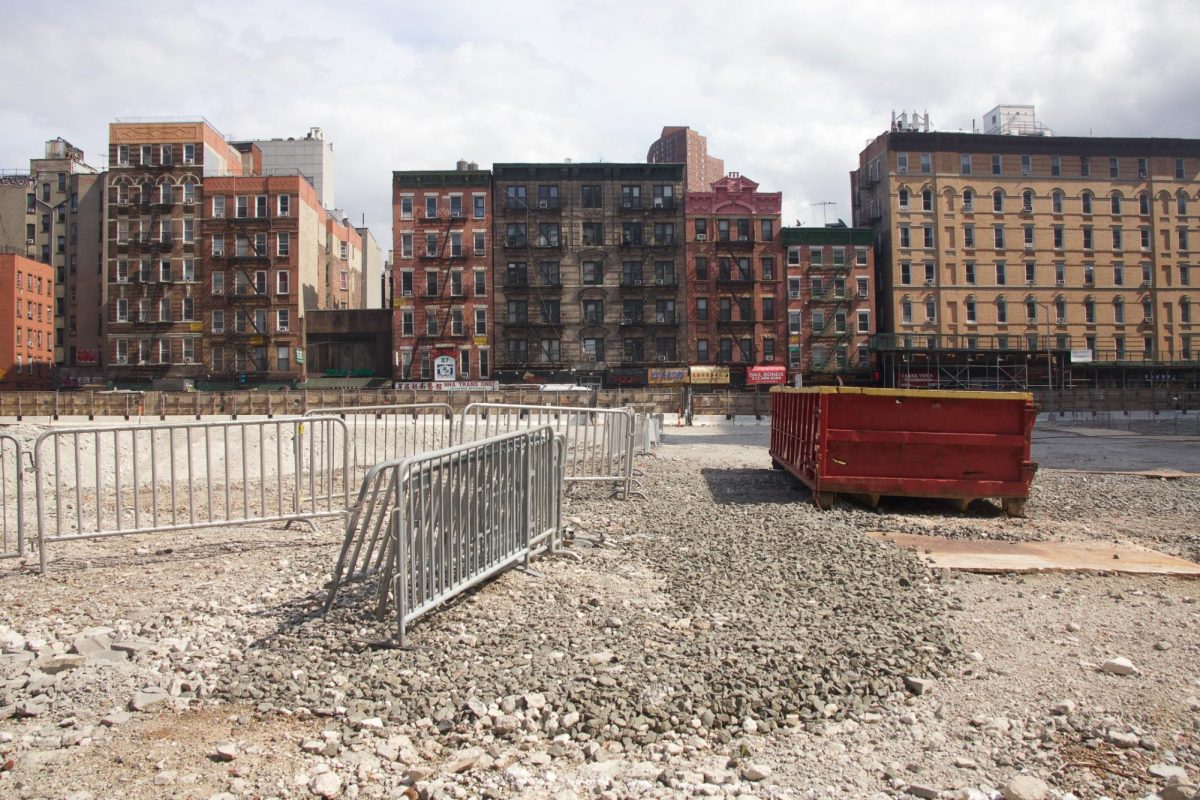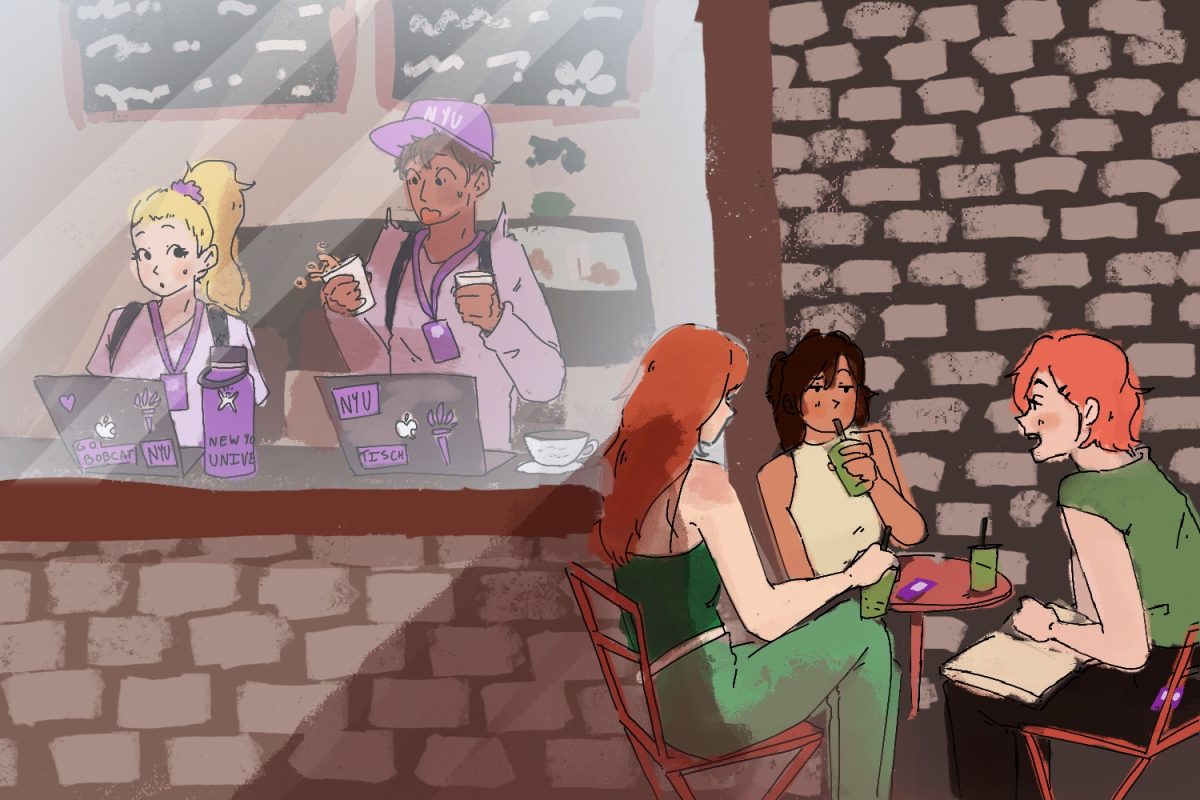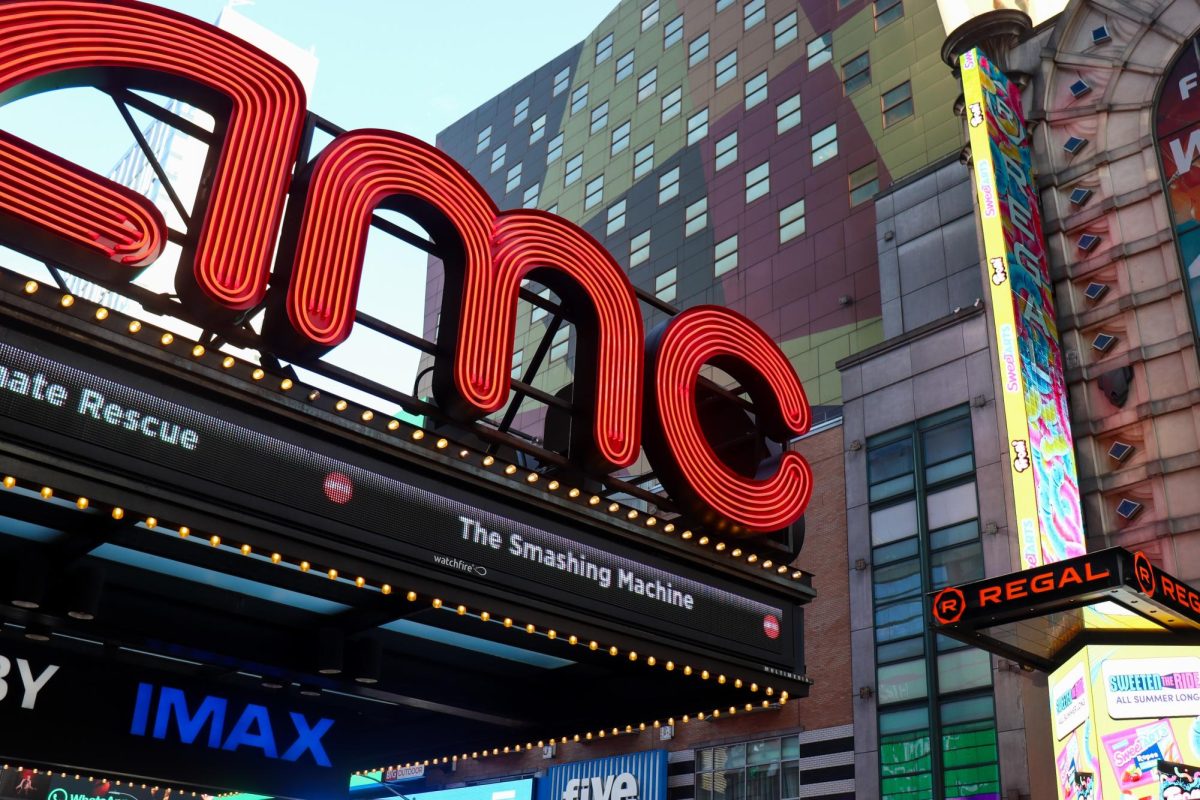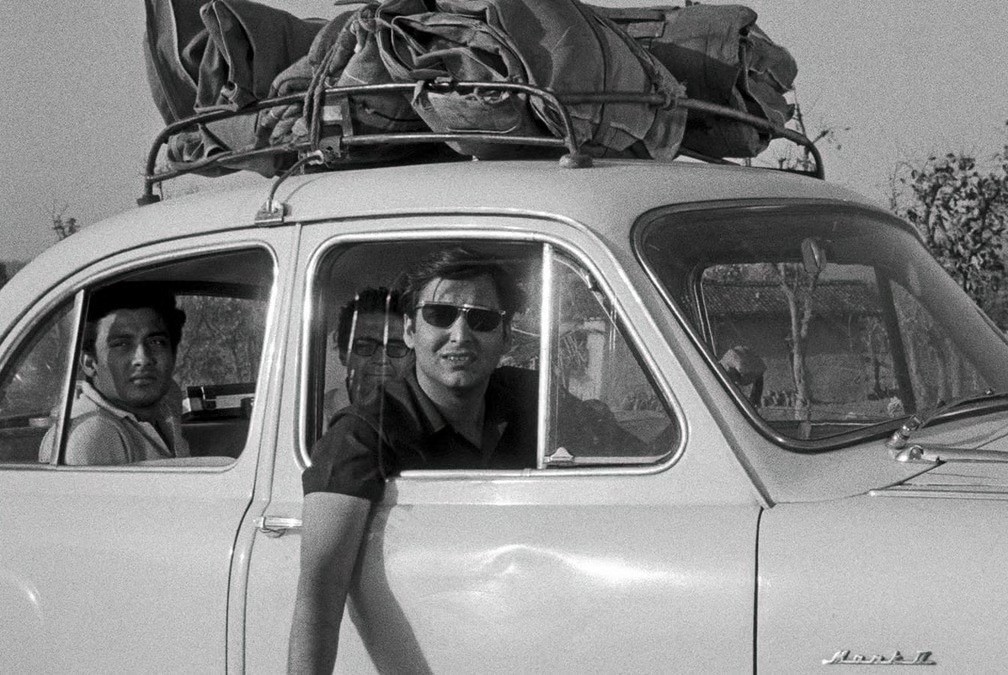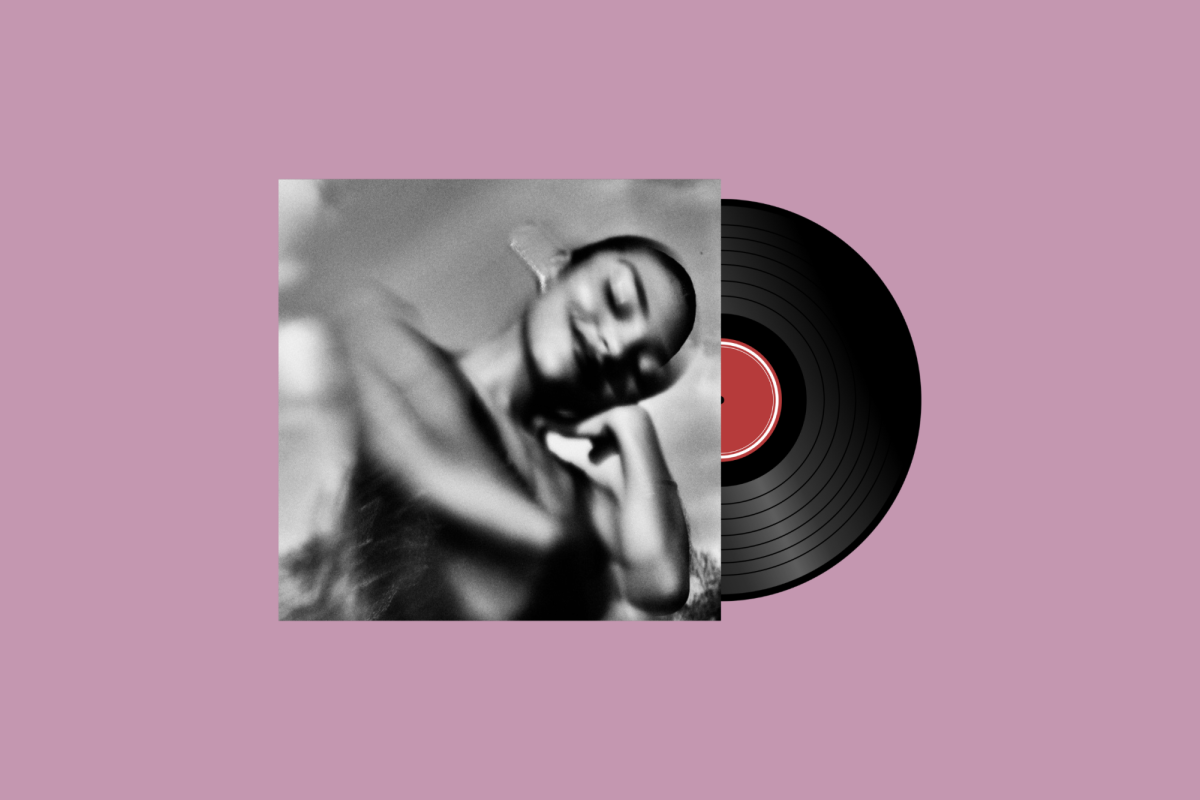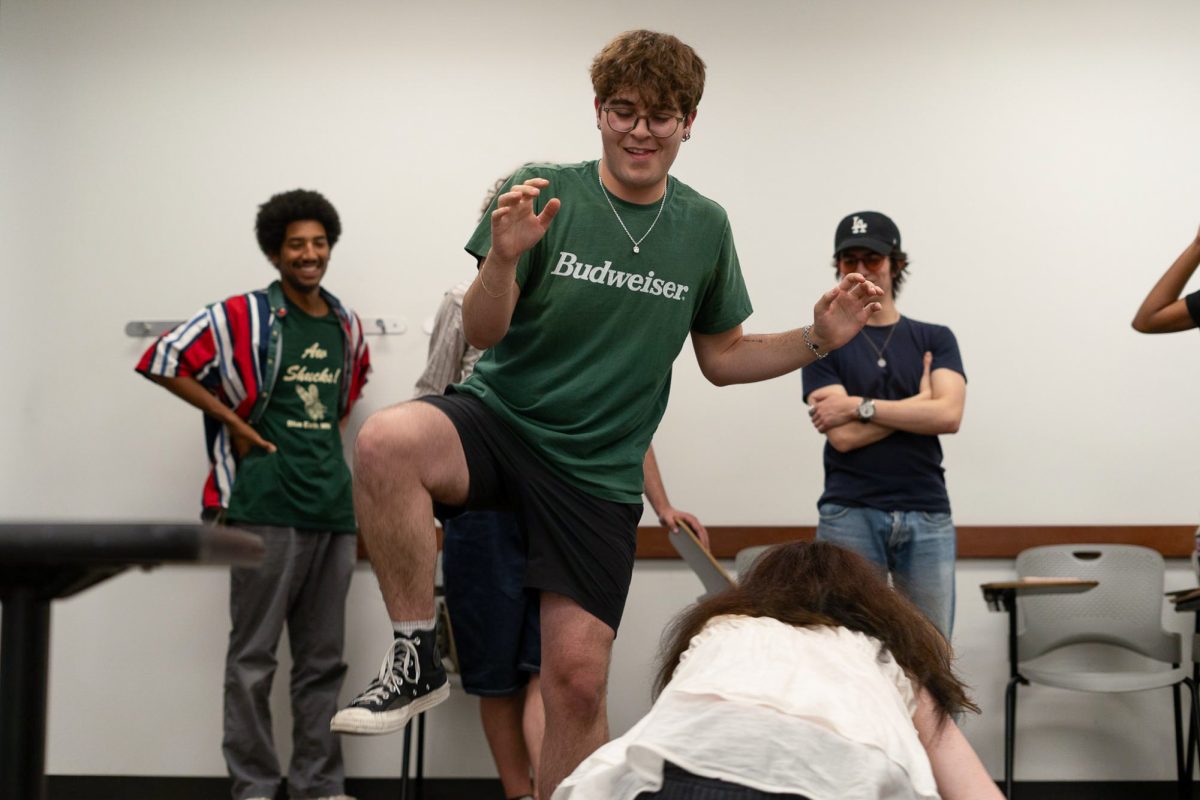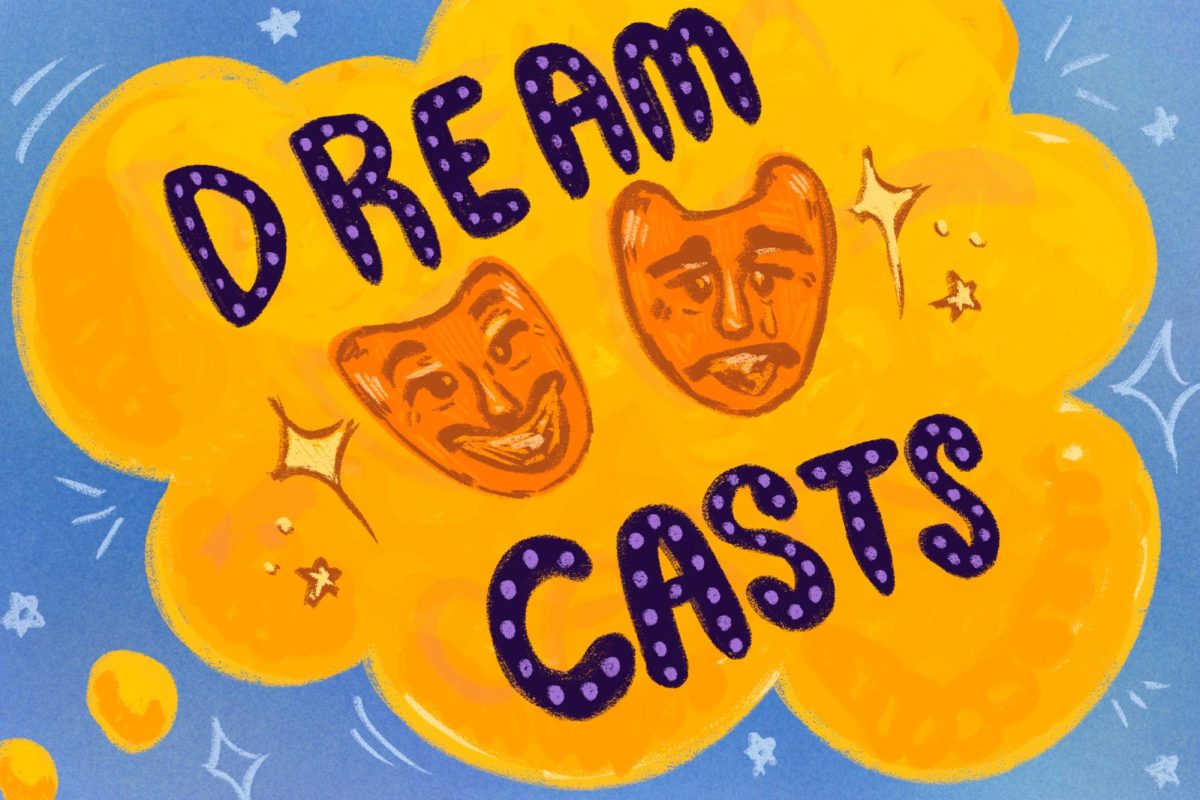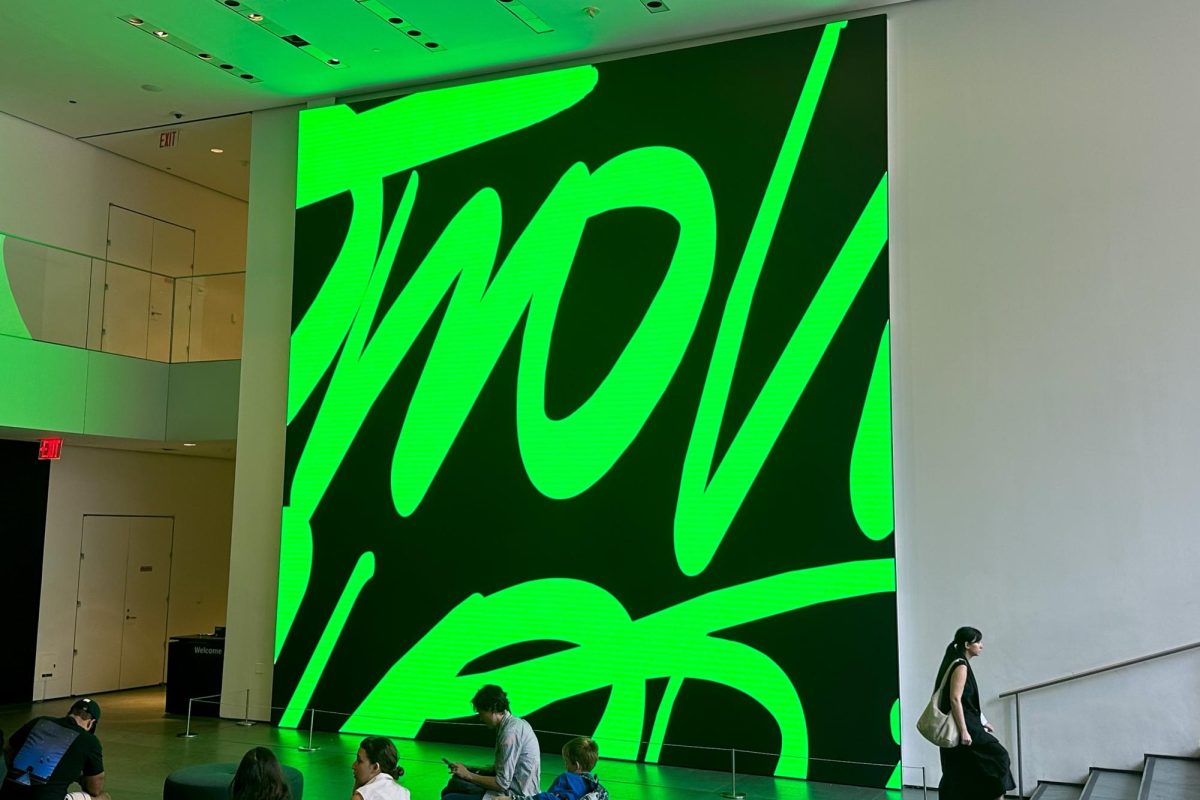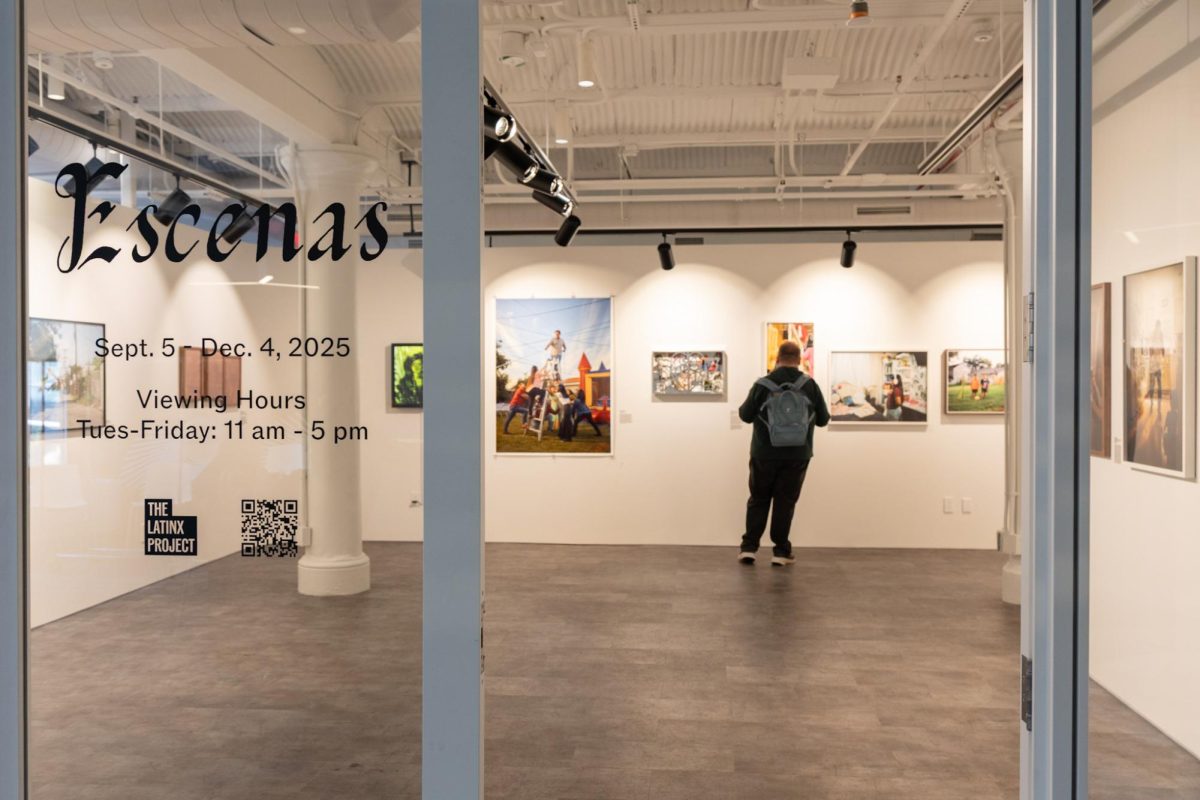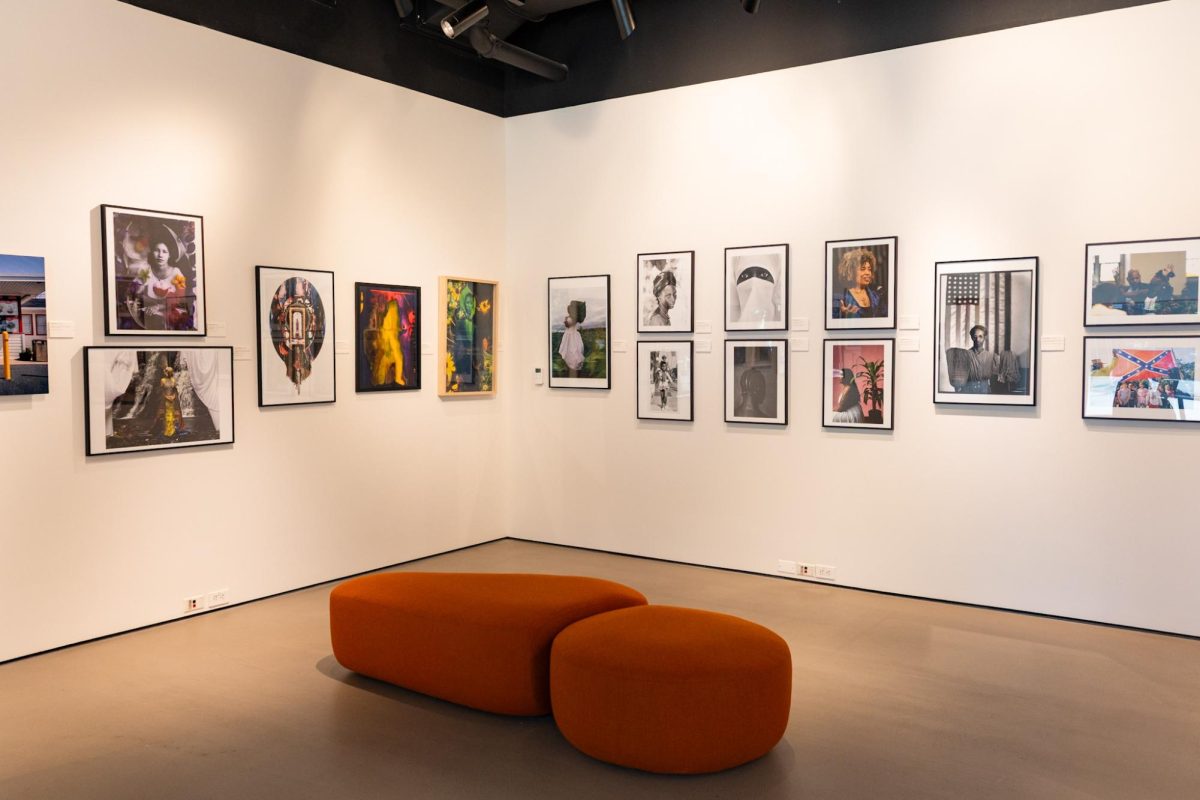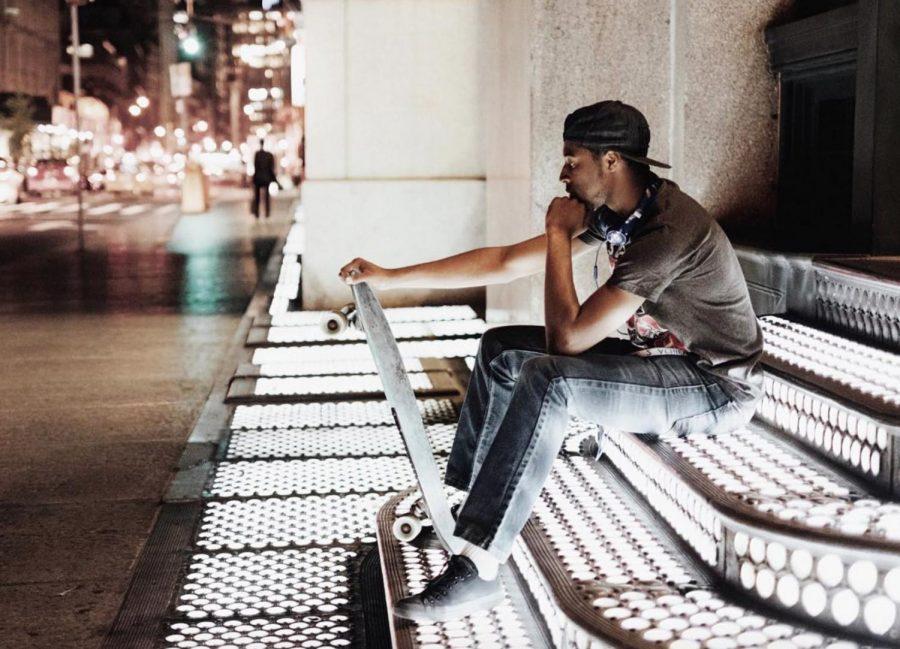Sk8er Boys — And Girls — of NYU
An NYU skateboarder takes a break from skating around Lower Manhattan.
March 6, 2018
Doing anything in New York City carries a slight risk of hurting oneself; it’s just something that comes with living in a big city. While many people opt for conventional modes of transportation, there is a prominent and very cool group of people who choose to skateboard.
Skateboarding came to life in the 1950s when surfers in California wanted to mirror the feeling they got from gnarly waves on to the pavement. The first skateboard was made from wooden boards with roller skate wheels slapped on to the bottom. Fast-forwarding to 68 years later, there are companies, like Vans and Hurley, that target skateboarders, and skateboard parks pop up in every city. Skateboarding has morphed from being a sport and hobby into a mode of transportation.
CAS sophomore Dhruv Malhotra recounted how he first started skateboarding.
“I started skateboarding in India, and the roads are pretty bad, so I would skate back and forth in my empty basement,” Malhotra said. “Not that many people really skate in India, so skating with friends wasn’t really a big thing unlike here.”
CAS junior Andre D’sa is a native Californian who has experience skateboarding in both San Francisco and New York.
“Both New York and San Francisco have a thriving scene of street skaters, but San Francisco, in my opinion, has more interesting architectures to work with. Plus, you have actual weather to deal with in New York,” D’sa said. “There are a lot more cars, bikes and people to ride around when you’re navigating the streets of New York City, but weirdly, I think all the one way streets make staying out of the way easier. I’ll say that people driving in New York are much more prepared for people to come into the street.”
Aesthetics are important in skating culture. Stern sophomore Joanna Z. Li thinks that non-skateboarders have made skater fashion mainstream and almost a stereotype.
“Skateboarding is really hard, and mainstream fashion has always copied styles in the culture.” Li said. “Then people judge skaters when they themselves are wearing Thrasher and shop at Zumiez.”
Cruisers and skateboards seem to be the top picks for NYU students. Tisch senior Tim Gersten prefers penny boards, which are short, plastic cruisers.
“I just wanted something smaller that could be carried into class and restaurants without being as conspicuous,” Gersten said. “Also, you get a similar experience to a longboard without the size, which I prefer.”
Electric skateboards, popularized by YouTubers such as Casey Neistat, are one of the newer trends in the skateboarding universe. This makes going uphill easier and skating faster. Some NYU students like CAS sophomore Vinnie Zhang use these boards to commute rather than old school skateboards.
“Besides the fact that electric skateboarding is faster and more efficient than riding a normal skateboard, it’s also just a lot easier to ride,” Zhang said. “There’s not much physical effort that has to be put in, aside from maneuvering and balancing, and overall, it’s just a lot of fun to be breezing through the streets.”
When it comes to the risk of skateboarding in New York City, accidents do happen. Li is a professional snowboarder, so she is used to accidents.
“I fell 45 feet snowboarding but only got hit by a couple of cars and a cop car skateboarding,” Li said.
Malhotra has had his fair share of accidents too.
“Once a girl stuck her foot on the street when it wasn’t her light to cross, and my wheel got stuck on her foot, and I flew off my board into the the middle of an intersection,” Malhotra said. “Once someone jumped a red light at an intersection and almost hit me, and I’ve almost been hit by taxis multiple times.”
While these skaters have escaped serious injury, skateboarding is still a dangerous sport. It’s important for skaters to be aware of their surroundings, making way for cars and people by skating with traffic.
No matter what kind of board you ride or how long you’ve been skateboarding, D’sa and Li agree on one ubiquitous rule: “Don’t carry a board by its trucks. It just looks so whack.”
Email Yasmin Gulec at [email protected]

